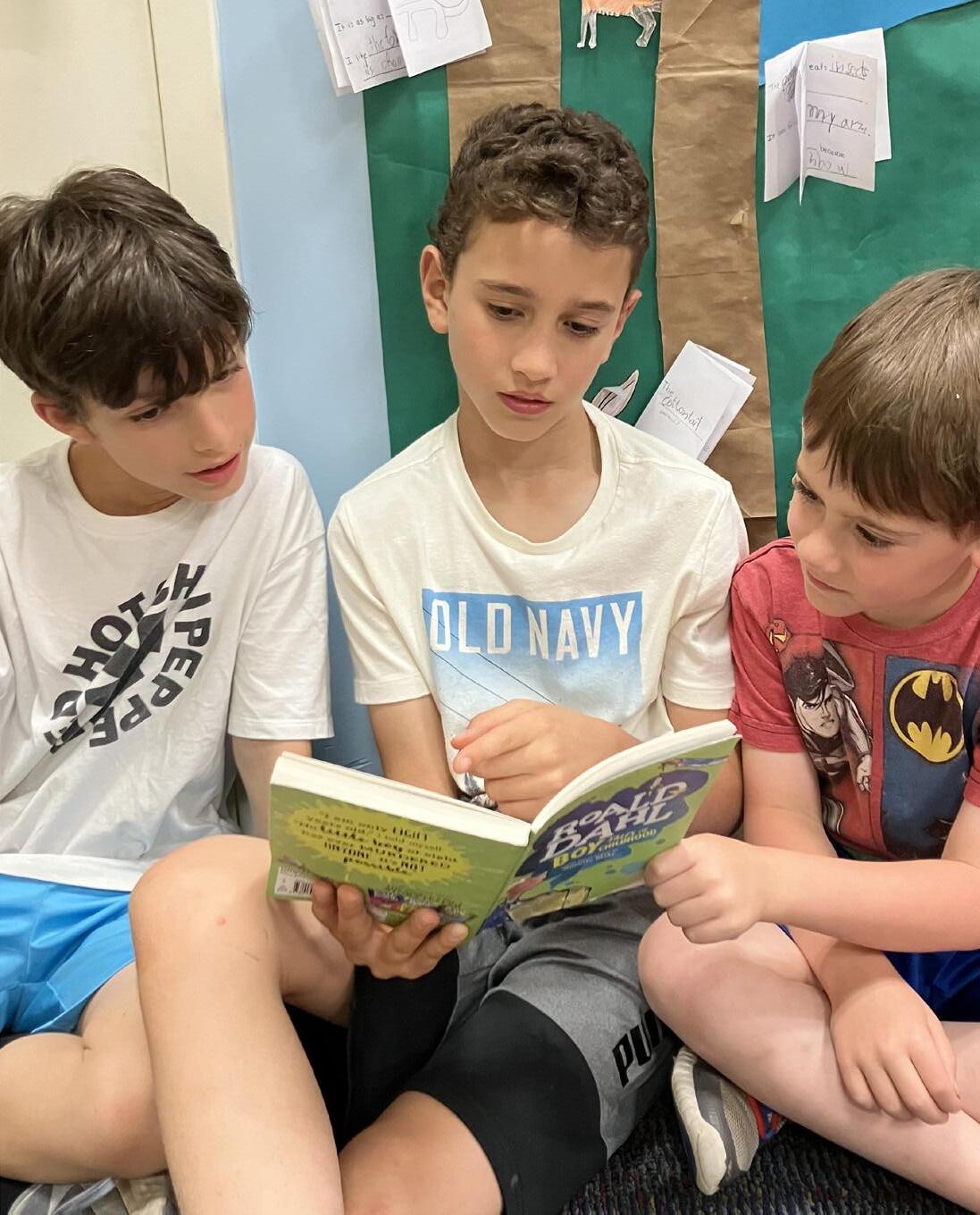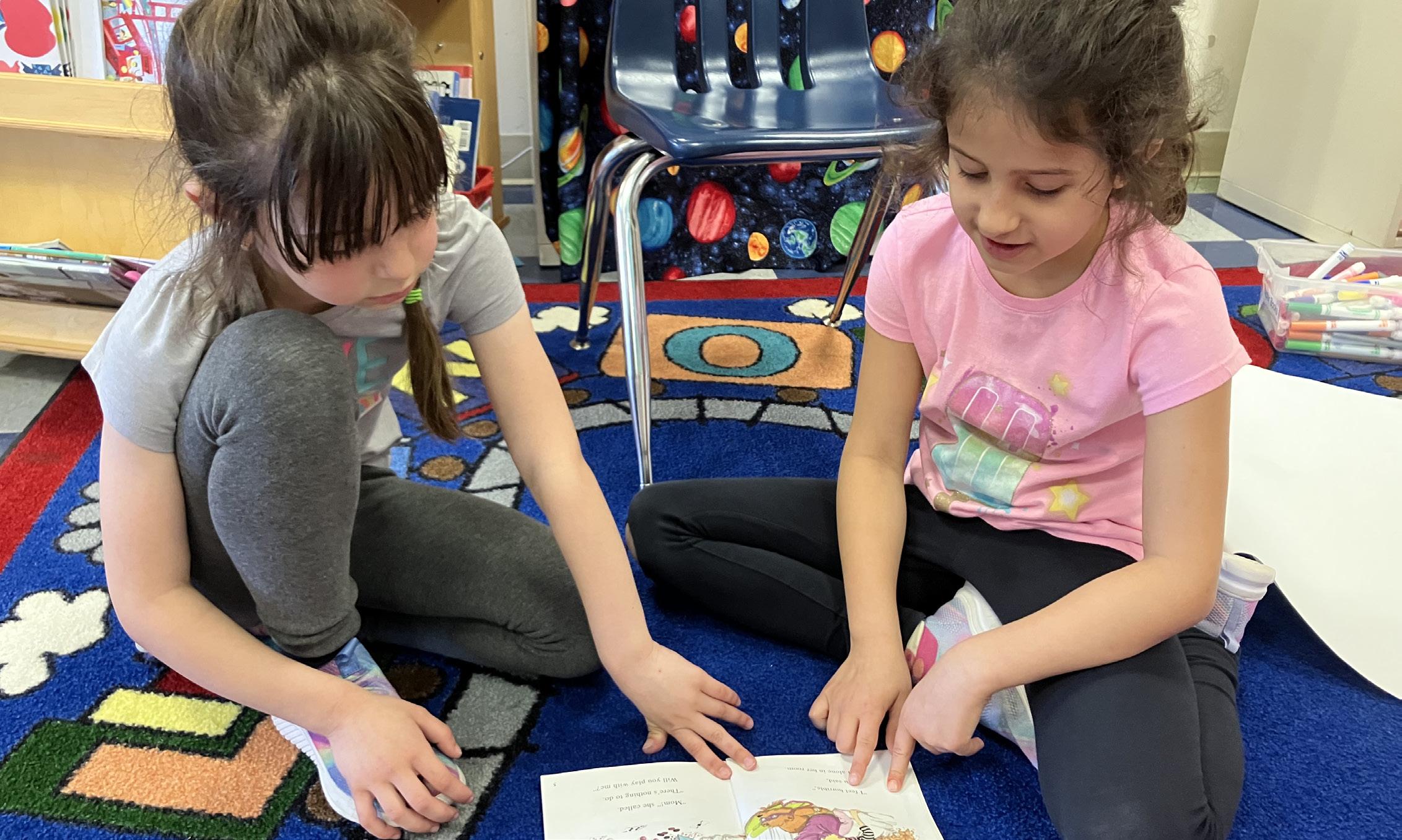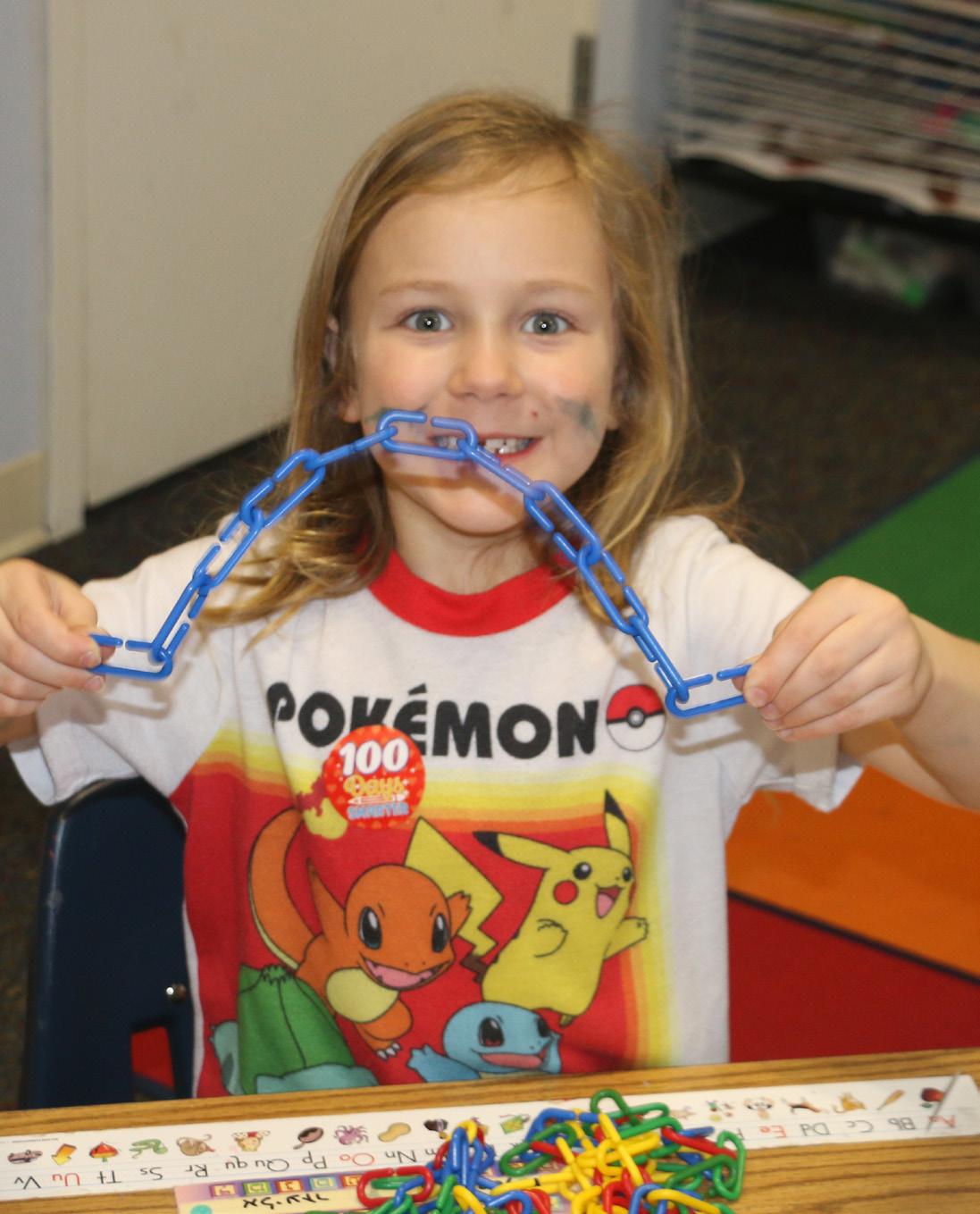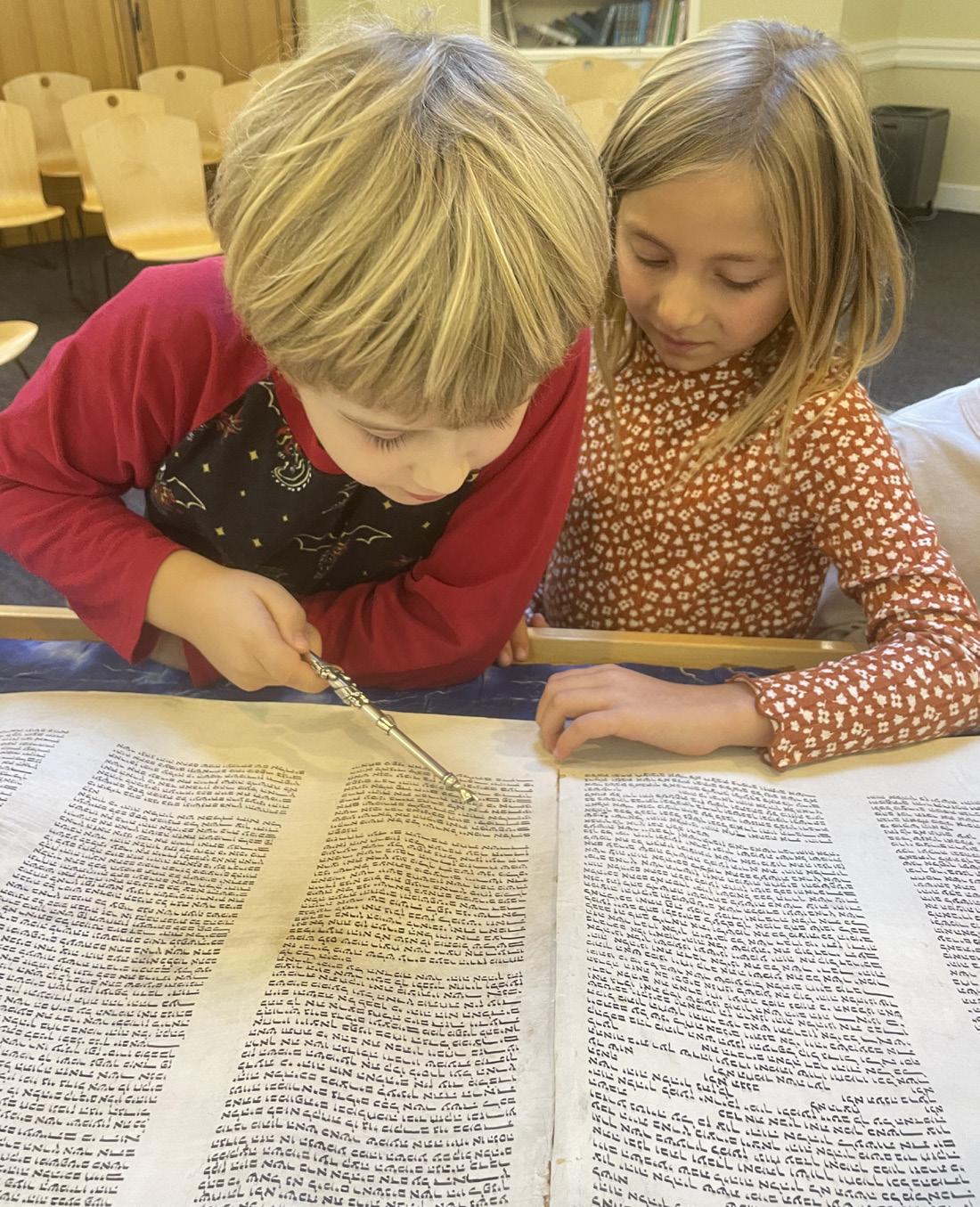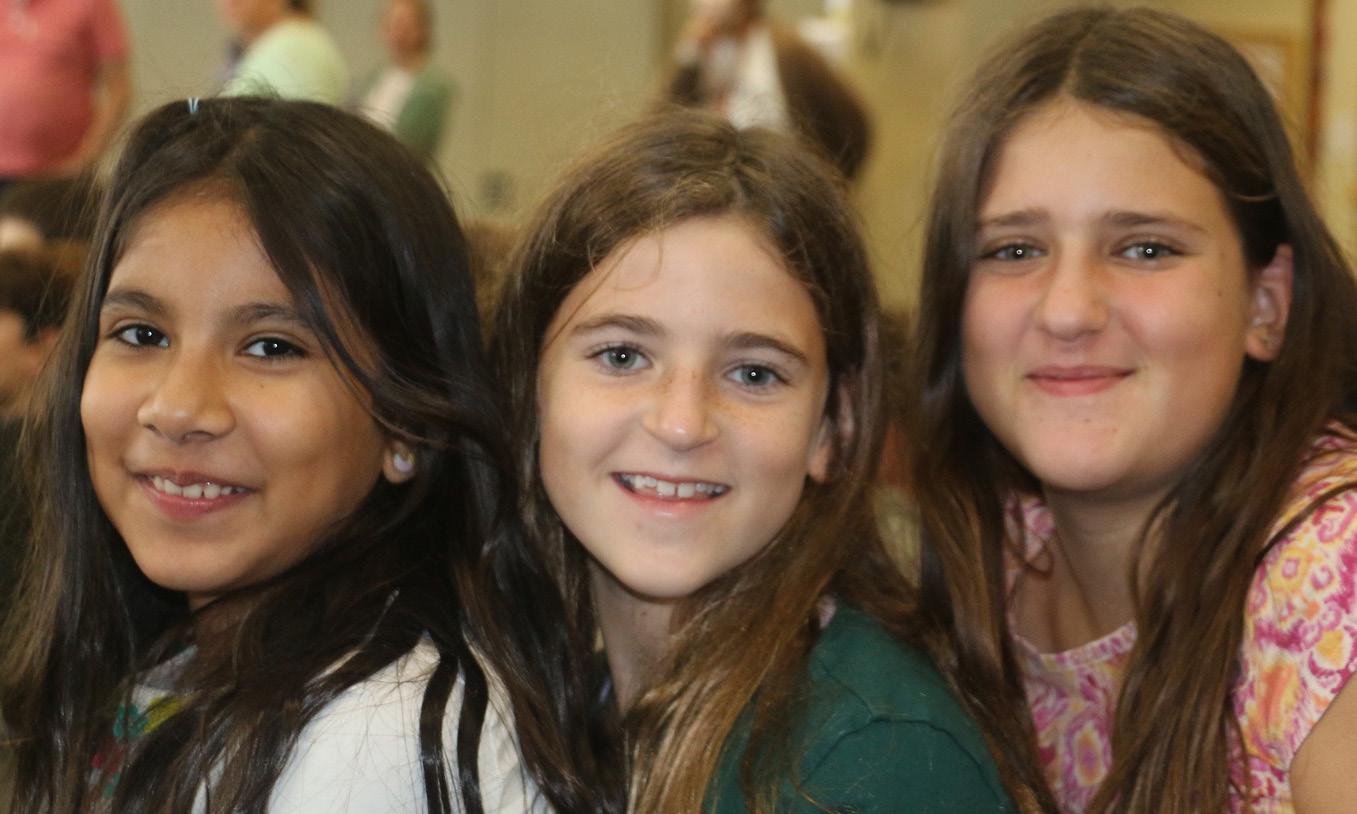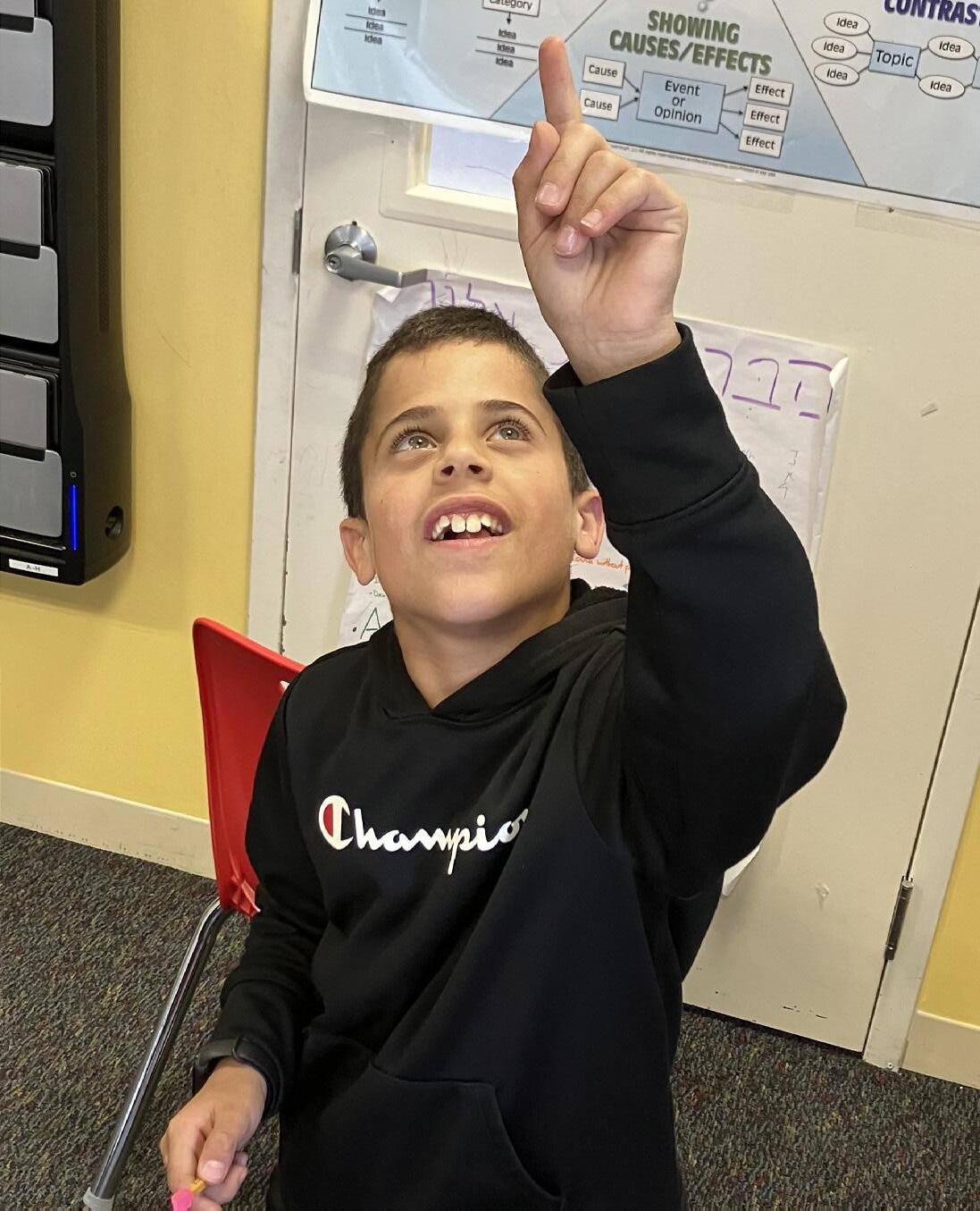
2 minute read
Lower School Literacy הנותחתה הביטחב תוניירוא
Should you walk into a JCDS K-2 classroom during a literacy lesson, the teaching and learning may look different from how you experienced learning to read as a child. You won’t see the students memorizing words from Dick and Jane, nor will you hear the teachers prompting the students to guess unfamiliar words based on picture clues or context. Students are manipulating words with letter tiles, sky-writing letters in the air, and marking up words on their whiteboards to show the phonetic breakdowns. You’ll hear Interactive Read Alouds and vocabulary exploration, and you’ll see the students taking ownership of their reading development in a way that most of us never experienced as children. It is quite a sight to behold.
Recently, there has been considerable research and controversy around the effects of different approaches to teaching reading. However, the findings are overwhelming that when foundational skills instruction are taught explicitly and systematically, students become better readers. Since language is complex and is not just about phonics, there must also be specific instruction around reading comprehension, fluency, and vocabulary. This approach is what has come to be known as the Science of Reading or science-based reading instruction. At JCDS, we are strong proponents of this approach for our young readers and couple this with child-friendly opportunities to find joy in books. After all, the ultimate goal is for our students to fall in love with reading.
Advertisement
So what does this look like in practice at our school? One component is learning phonological skills. This might take the shape of asking the students to answer a set of ques- tions to practice hearing, identifying, and manipulating the individual sounds in a word: “What sounds do you hear in ‘cat’? What if you replace the ending sound with the /p/ sound – now what word do you have?” It might take the form of students clapping out the syllables they hear in a word or doing a kinesthetic movement when they hear a pair of rhymes. Why is this all important? Just as understanding what numbers represent makes for a stronger mathematician, understanding that the letters in words are represented by sounds makes for a stronger reader!
Vocabulary and reading comprehension are also essential aspects of the “learning to read” process so the reader can understand what s/he just read. Vocabulary is taught both through the Fundations curriculum and also through the robust conversations that occur during regular interactive Read Alouds. Whether the teacher is using these to model the thinking process, or posing intentional questions to engage the students, they enable them to interact with, and make meaning from any text.
This approach towards reading is complex and it takes time, but we are confident that the hard work and patience are worth it! Not only does the explicit instruction result in strong, proficient readers, it provides the students with confidence in their reading skills, and the belief that they have the ability to decode and engage with any text.
After all, why feed the children’s reading appetite for a day, when you can give them the skills to satiate that appetite for a lifetime?
